Revising My Stance on Eye Creams: Here’s What You Should Consider
As a beauty editor, I have long been skeptical about the effectiveness of eye creams. My previous belief was that my regular face cream sufficed for the delicate eye area. However, I’m now reconsidering my stance. Esteemed female founders in the beauty industry, such as Trinny Woodall, cosmetic doctor Sam Bunting, skincare authority Caroline Hirons, and acupuncturist Joanna Ellner, have launched their own eye creams. Additionally, numerous brands across various price points are also entering the eye cream market. High-end brands like Noble Panacea are joined by accessible options like CeraVe, all promising solutions for crow’s feet and dark circles.
The claims surrounding this new wave of eye creams are increasingly ambitious. Woodall has mentioned the discovery of miniproteins that can “penetrate the skin, relax the muscle, and slow the development of lines.” Bunting presents her eye cream as an “antidote to looking tired,” while Hirons confidently claims that her product is clinically proven to deliver immediate results in reducing fine lines and under-eye bags.
Traditionally, I have approached eye creams with a fair amount of skepticism. They often polarize opinions, with some individuals swearing by their necessity while others question their efficacy. Even the aforementioned founders have had their reservations. Bunting admits, “I was a sceptic myself, but after thorough collaboration with my chemist, we finally created a formula that pleasantly surprised me.” Ellner echoed my sentiments: “I had always struggled to notice any real difference; many products lacked evident results and convincing data.”
This leads us to the pivotal question: Should you opt for eye creams? Here are some common questions answered, along with insights on notable eye creams currently generating buzz.
Is the Skin Around My Eyes Different from the Rest of My Face?
The answer is a resounding yes. The skin surrounding the eyes is notably thinner and tends to age quicker than other facial areas. “The periorbital region, characterized by its thinner epidermis and reduced sebaceous gland density, often shows signs of aging first,” explains Dr. Emma Craythorne, a cosmetic dermatologist. Bunting adds, “We’re dealing with some of the thinnest skin on the body, which is subjected to constant movement from smiling and squinting, resulting in inevitable etched-in wrinkles.”
Can I Use My Regular Face Cream on My Eyes?
You will find differing opinions on this topic. According to Hirons, “Most facial products aren’t formulated for use around the eyes.” While they won’t cause harm, you may not achieve the same effectiveness as you would with a dedicated eye cream. Conversely, Craythorne, who typically doesn’t advocate for eye creams, believes high-quality facial moisturizers can suffice for the eye area. “Most patients see benefits from extending their regular skincare to the eye region instead of investing in a specific product.”
What Can Eye Creams Do?
Eye creams can enhance the appearance of the under-eye area by providing brightness and temporary plumpness, creating a smoother look, according to Craythorne. They can alleviate puffiness using ingredients like caffeine and may help to prevent or slow down aging signs with consistent use.
However, it’s important to note what eye creams cannot do. According to Bunting, “Topical skincare cannot induce permanent lifting of the skin.” For deeper structural changes, one should consider surgical options.
Best Practices for Applying Eye Cream
Hirons suggests applying a small amount of cream to the outer corners of the eyes and gently moving around the orbital bone—this is where fine lines commonly develop. Apply the cream below your moisturizer, and for best results, aim to use it both morning and night unless indicated otherwise.
Emerging Popularity of Eye Surgery
If someone you know has suddenly returned with noticeably revitalized eyes, they may have undergone blepharoplasty, a procedure that removes excess skin and addresses puffiness, which involves a recovery period of 10 to 14 days. Recent trends show a rise in demand for this type of surgery, with many clinics reporting blepharoplasty as a top-requested treatment.
Alternative in-clinic treatments for those exploring options include laser resurfacing, dermal fillers for hollow under-eyes, and radiofrequency treatments for skin tightening.
Six Eye Creams Worth Mentioning
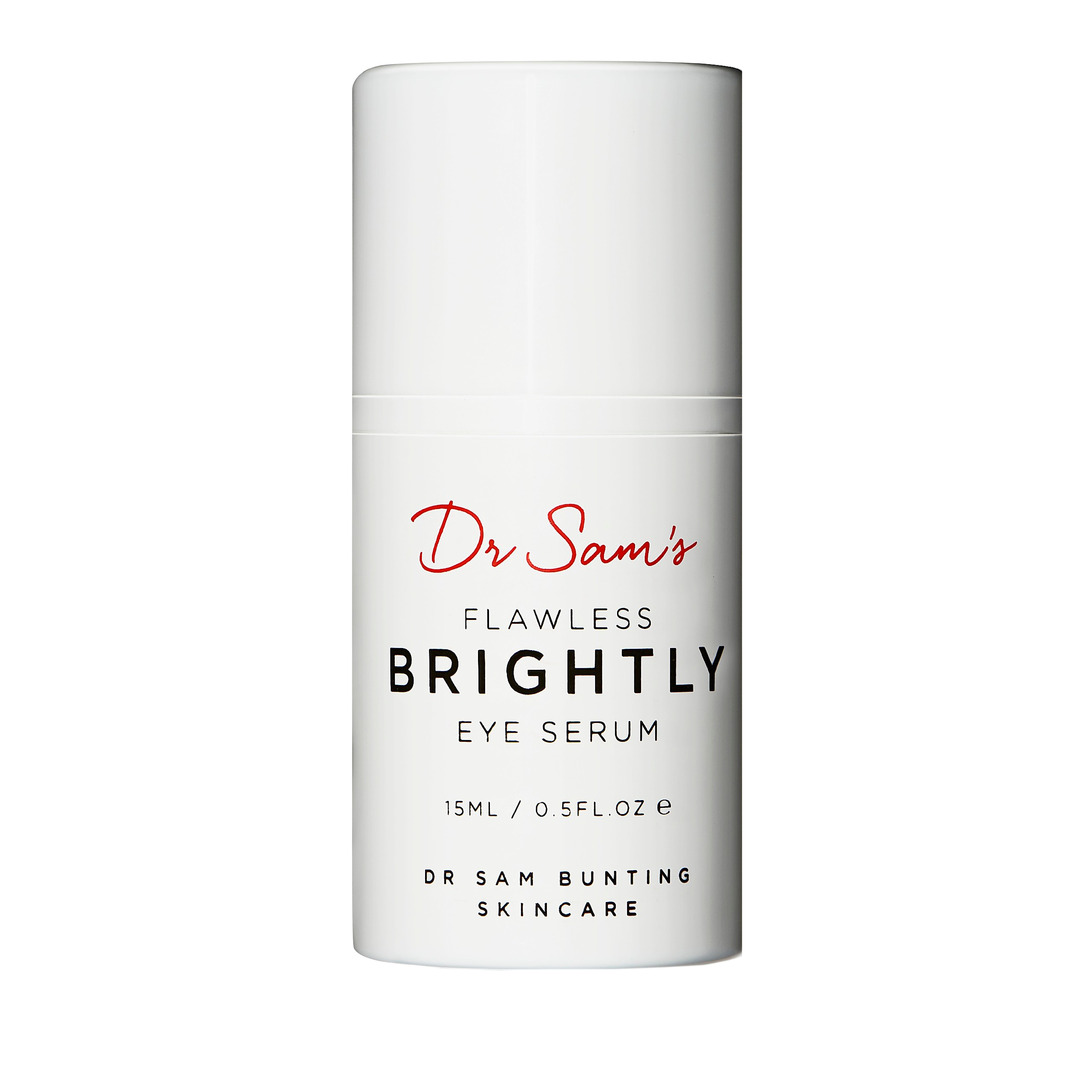
1. Dr Sam’s Flawless Brightly Eye Serum
This hybrid of makeup and skincare covers and brightens daily, with sunflower-shoot extract working behind the scenes to rejuvenate tired skin.
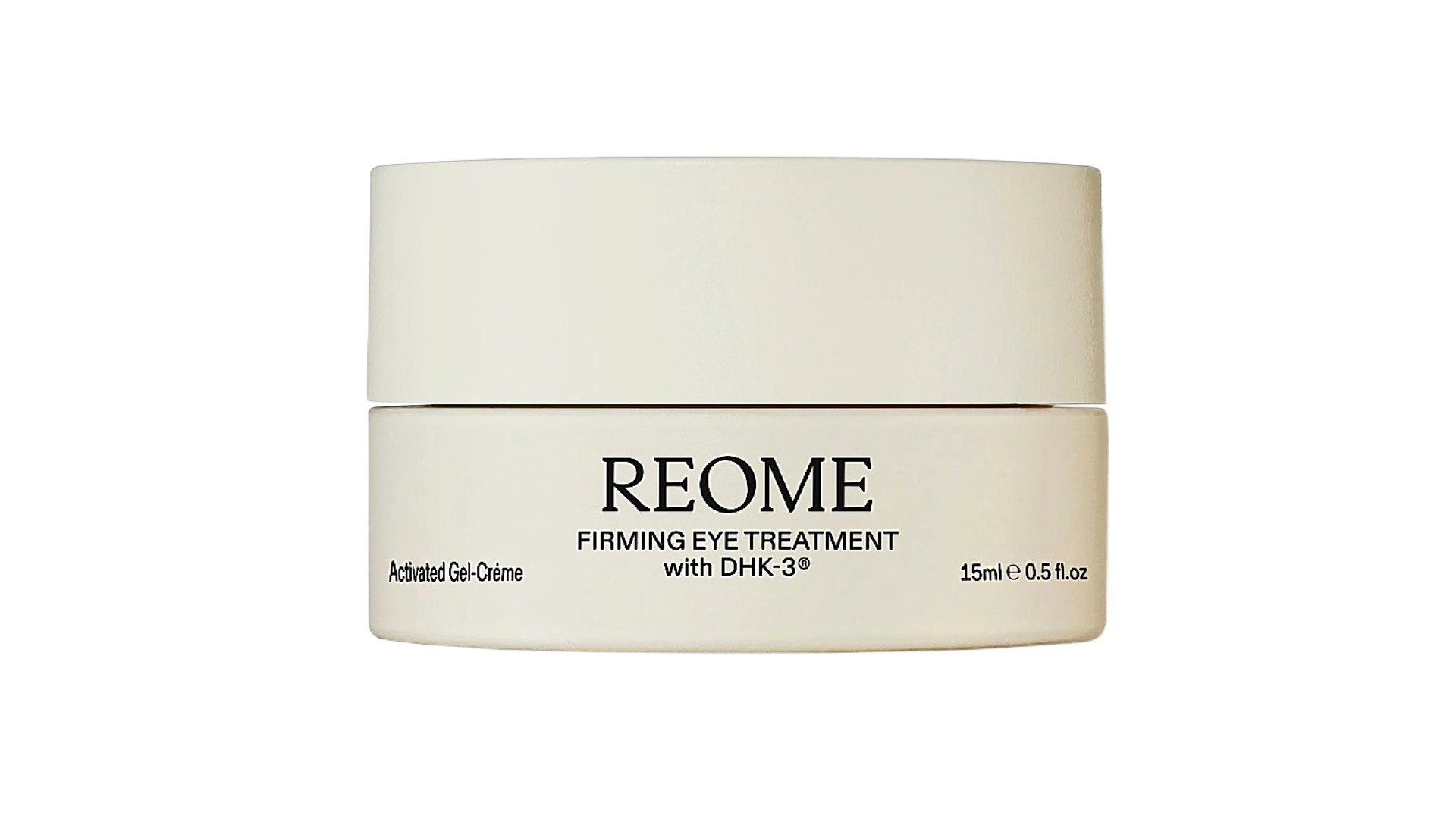
2. Reome Firming Eye Treatment
A gel-cream featuring a five-ceramide complex that hydrates and adds a glossy glow while containing a bio-active ingredient described as significantly more effective than standard vitamin C.
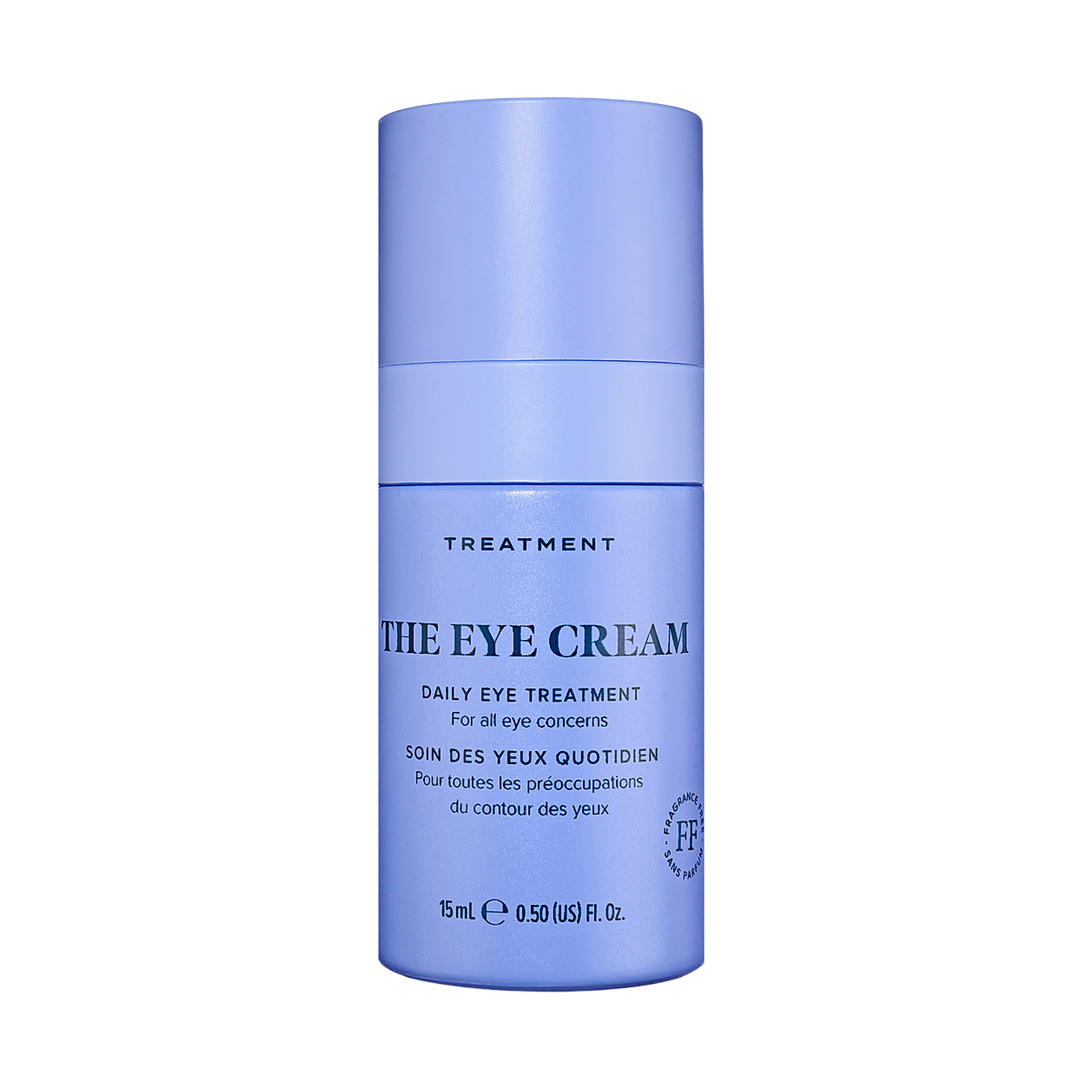
3. Skin Rocks The Eye Cream
A multitasking option that provides immediate visible results through diamond powder, which helps to illuminate and conceal the appearance of wrinkles and shadows.
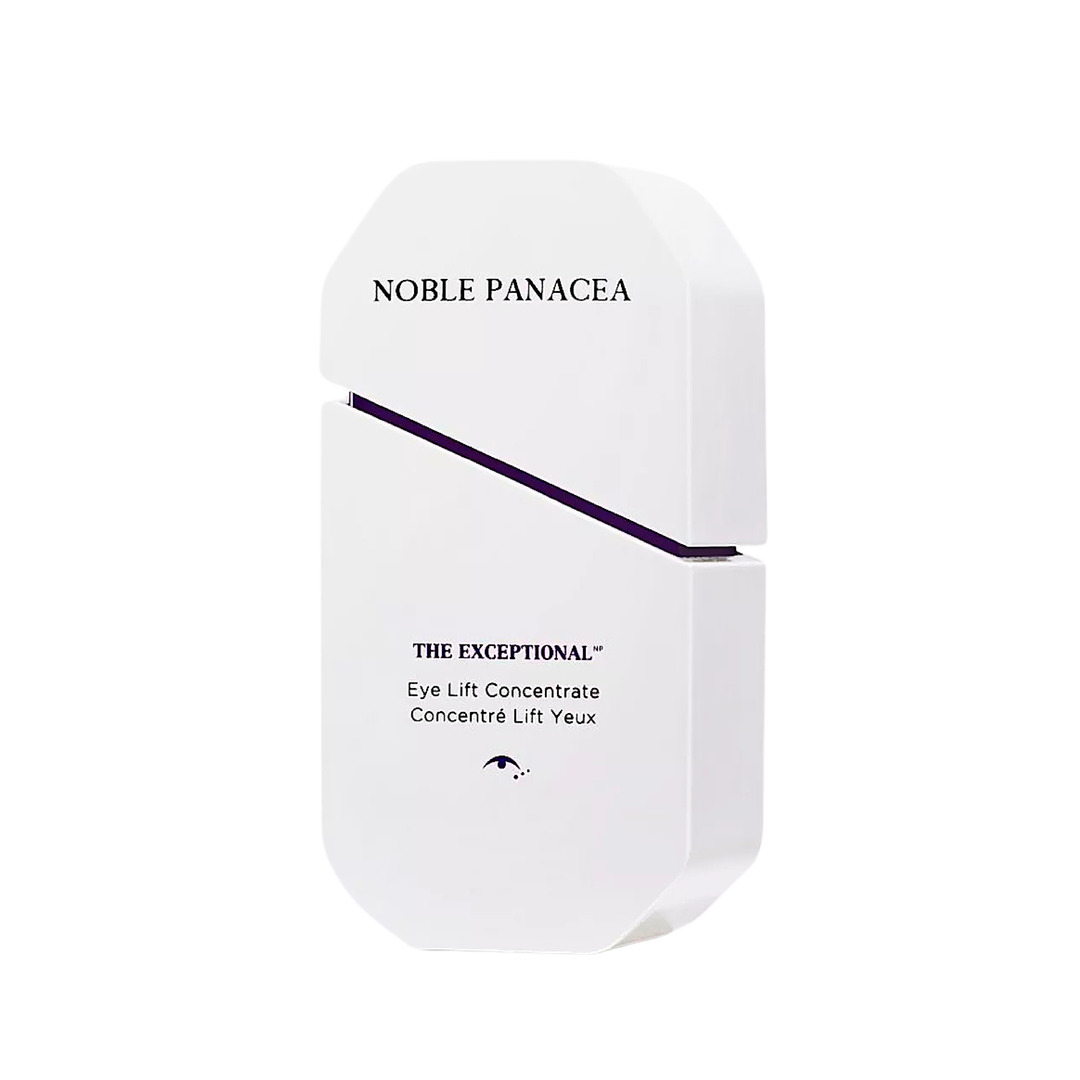
4. Noble Panacea The Exceptional Eye Lift Concentrate
An intensive treatment meant for occasional use, packed with potent active ingredients that continue to work throughout the day.
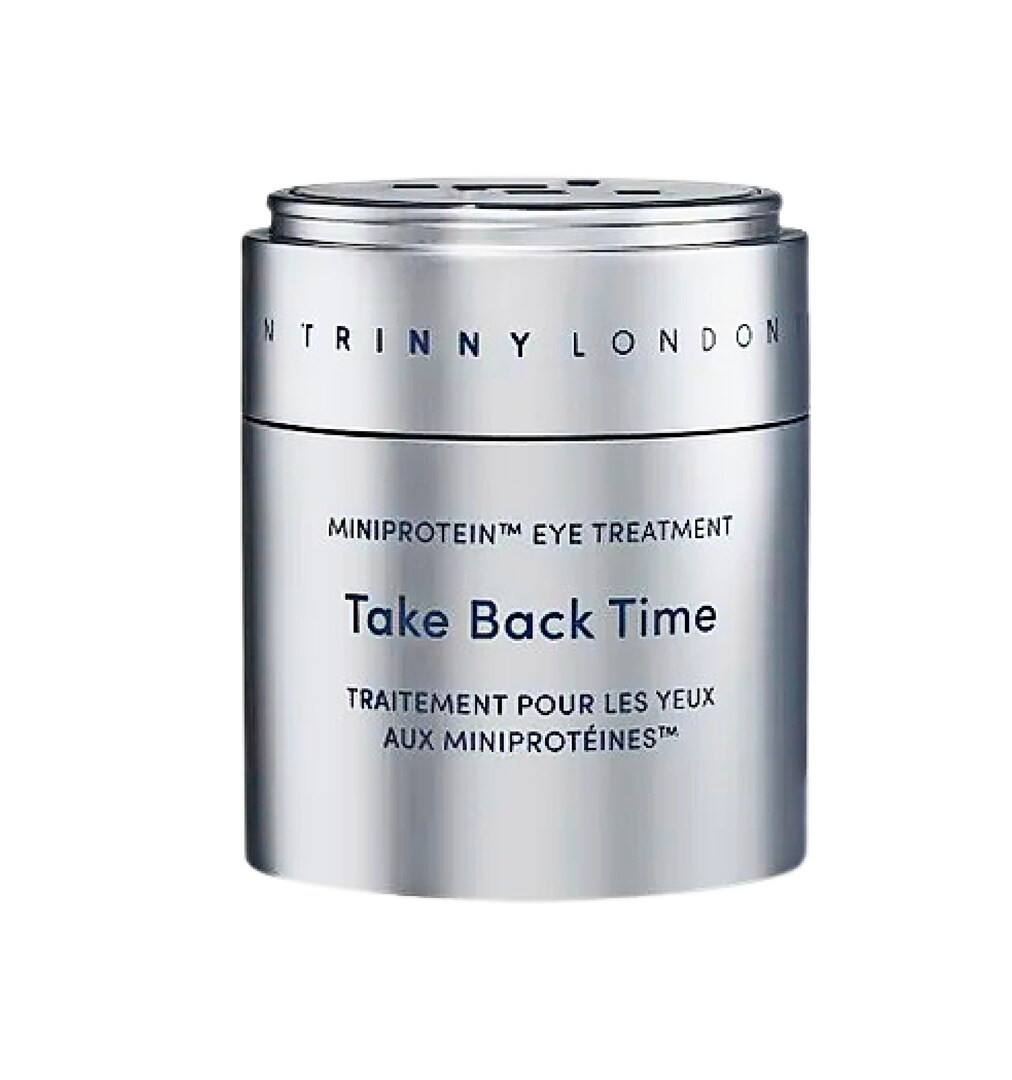
5. Trinny London Take Back Time Miniprotein Eye Treatment
Enriched with miniproteins that target and reduce the appearance of crow’s feet and fatigue.
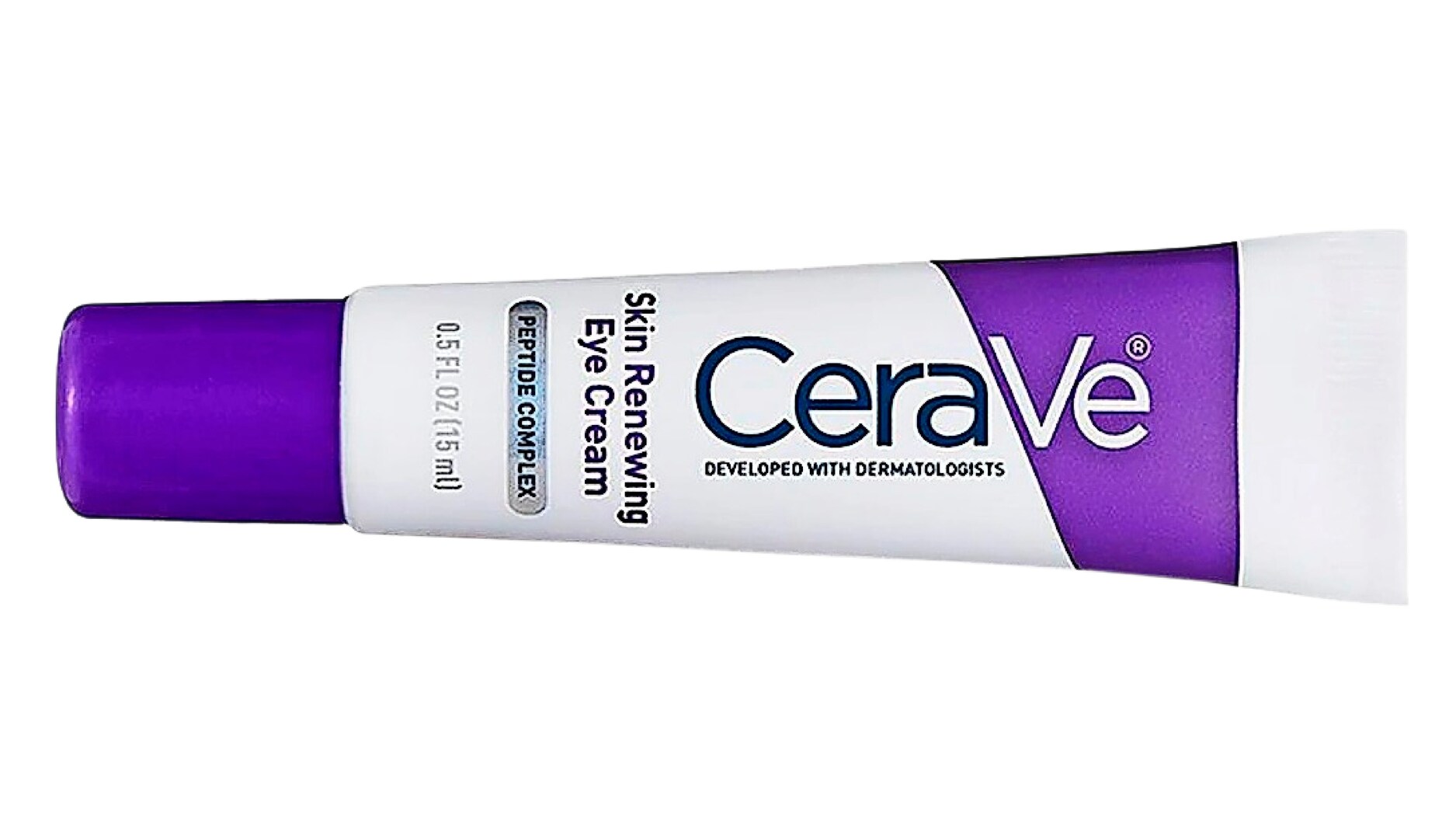
6. CeraVe Skin Renewing Eye Cream
This formulation is an excellent option for layering under makeup, significantly enhancing hydration and addressing dryness and crepey texture.
@sarahjossel


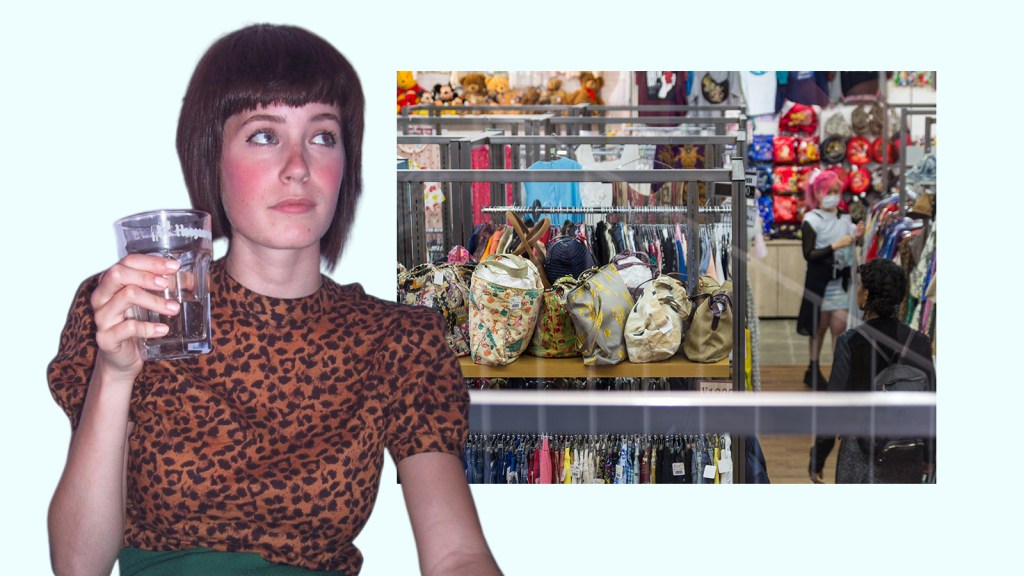
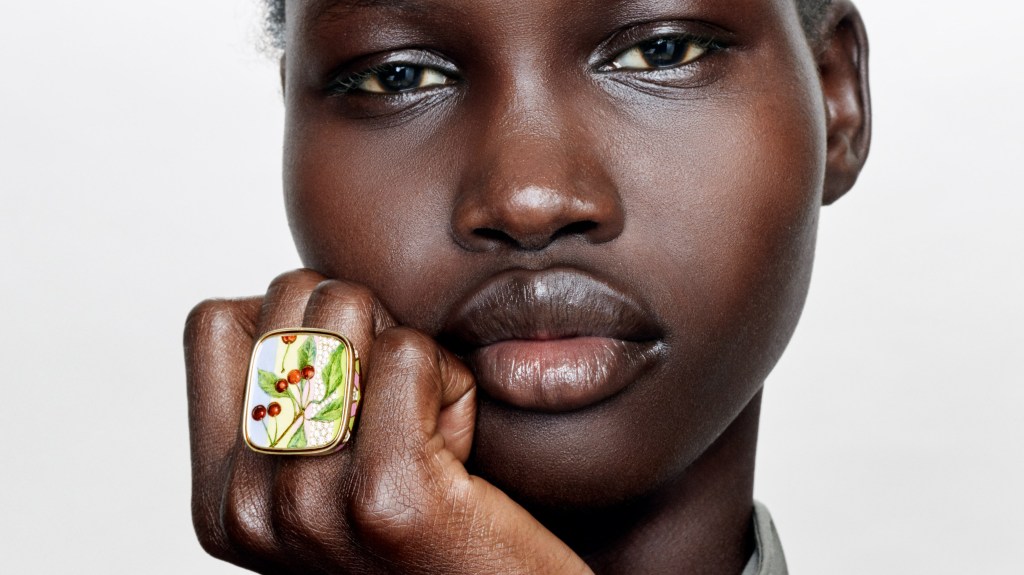
Post Comment